
The Enduring Contributions of Dr. R Adams Cowley
400+
8
40+
Publications
Books
Years of Research
Dr. Cowley didn't just practice medicine—he transformed it through groundbreaking research and publications. Throughout his career, he authored or co-authored over 400 scientific papers, books, and articles that changed how we understand and treat trauma.
His publications weren't just academic exercises—they documented revolutionary approaches that saved countless lives. From surgical techniques to emergency medical systems, Dr. Cowley's written work provided the blueprint for trauma centers and EMS systems worldwide.
Research Contributions
Dr. Cowley's research fundamentally changed how the world understands shock and trauma. He described shock as "a momentary pause in the act of death"—a condition that, with the right treatment, could be reversed.
His work didn’t stop at the bedside. He studied how full trauma systems—from EMS to rehab—could save lives. The data spoke for itself. His findings helped win over skeptics in government and medicine who once doubted his approach.
Research remained a core part of the programs he built. His Speech Communication Disorders Program led groundbreaking studies on brain injury and recovery.
That work sparked a national symposium. By its fifth year, the event drew over 700 experts from 41 states and beyond. Maryland’s governor even praised MIEMSS as “the model for EMS in the country.”
Educational Impact
To Dr. Cowley, sharing knowledge mattered just as much as discovery. His books and papers became must-reads for medical students, EMS crews, and hospital leaders around the world.
He created training materials that helped standardize trauma care and EMS practices across Maryland. These tools set the standard and later shaped national and international training programs.
His impact reached beyond emergency rooms. In rehab medicine, Cowley’s system showed therapists, nurses, and doctors how to work together to support recovery from day one.
His team also launched the National Traumatic Brain Injury symposia. It started small but grew into a major event. Experts came from all over—speech therapists, nurses, psychologists, physical therapists, social workers, and even legal professionals. They came to learn, share, and move the field forward..




Books and Textbooks
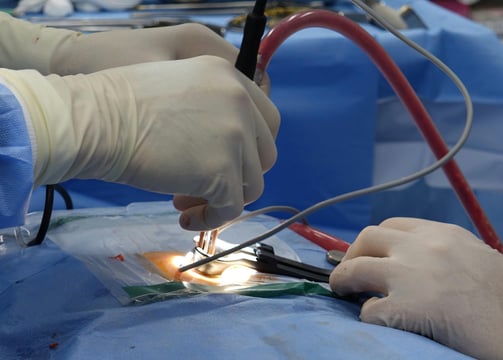

Trauma Care: Surgical Management
A detailed guide to performing surgery on trauma patients. It includes step-by-step instructions, case studies, and the science behind emergency surgical decisions. This book helped standardize how trauma surgeons operate in critical situations.
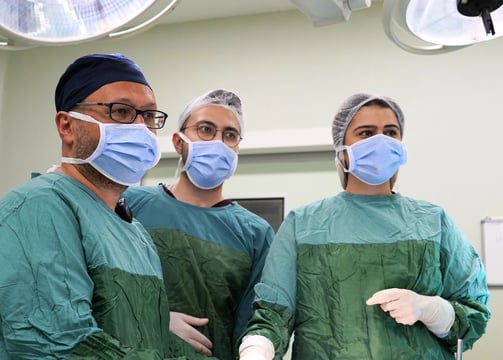

Trauma Care: Medical Management
This companion to the surgical textbook focuses on non-surgical care. It covers how to treat trauma patients in the ICU, manage shock, control bleeding, and monitor vital signs. It’s a must-have for emergency physicians and critical care teams.
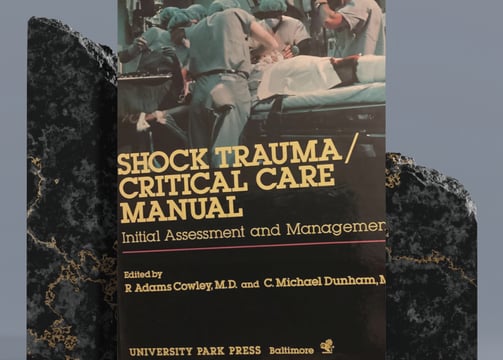

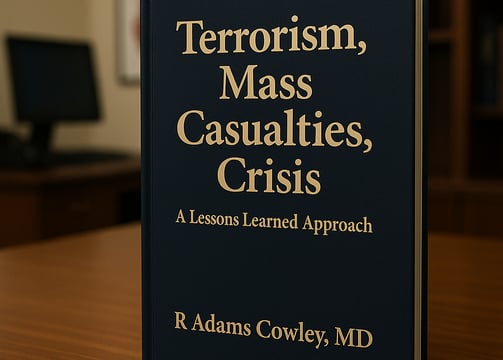

Shock Trauma/Critical Care Manual
A quick-reference guide filled with practical tips for treating life-threatening injuries. Designed for use in high-pressure situations, this handbook was commonly kept in the pockets of trauma nurses, doctors, and medics.
Terrorism, Mass Casualties, Crisis: A Lessons Learned Approach
Written in response to real disasters, this book outlines how to prepare for and respond to terrorist attacks or mass casualty events. It shares hard-earned lessons from the frontlines and offers strategies for emergency planners.
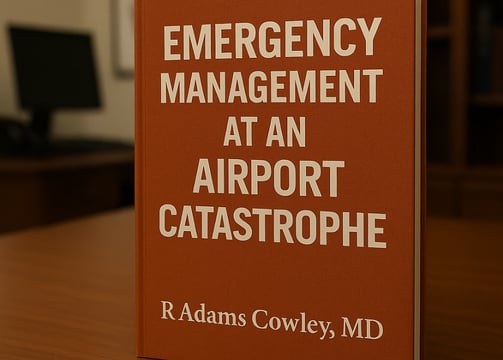

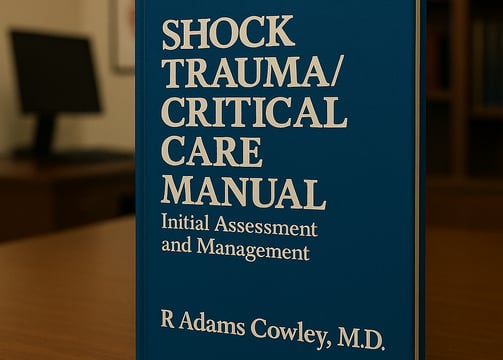

Emergency Management at an Airport Catastrophe
Shock Trauma/Critical Care Manual
Focuses on handling disasters at airports, including crashes, fires, and large-scale evacuations. It provides detailed planning tools for coordinating police, fire, and medical responders in high-traffic areas.
A comprehensive manual that organizes trauma care into clear protocols. It’s especially useful for training staff at trauma centers and was used to help standardize care across Maryland and beyond.
For illustrative purposes only. Not the actual book cover.
For illustrative purposes only. Not the actual book cover.
For illustrative purposes only. Not the actual book cover.
These eight books formed the backbone of modern trauma care by combining science, experience, and practical guidance. Covering everything from surgical techniques and critical care protocols to disaster response and the science of shock, they offered a complete framework for treating the most severely injured patients. Together, these works helped train generations of medical professionals, shaped hospital systems, and strengthened emergency preparedness worldwide.
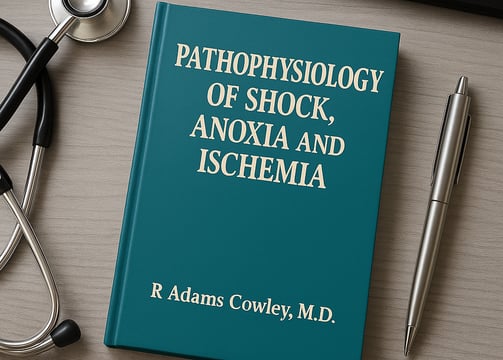

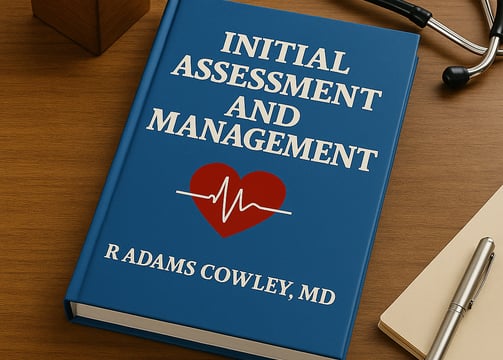

Pathophysiology of Shock, Anoxia and Ischemia
Initial Assessment and Management
An in-depth medical reference exploring the science behind shock, oxygen deprivation, and restricted blood flow. It explains how these conditions develop and offers insight into preventing organ damage and death in trauma patients.
A practical guide that outlines the critical steps first responders and emergency teams should take during the first moments after a traumatic injury. It focuses on fast, effective decision-making to stabilize patients and improve survival.
Many of these texts may be out of print.
For illustrative purposes only. Not the actual book cover.
For illustrative purposes only. Not the actual book cover.
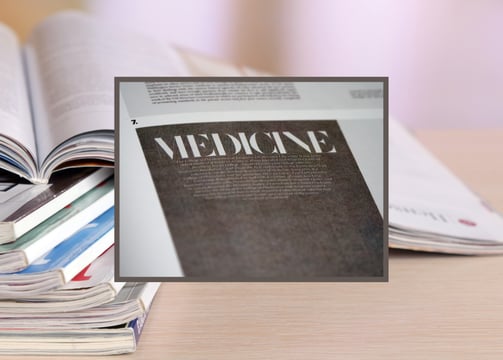

Selected Medical Journal Articles
“A Study of Shock and Trauma in Man Utilizing the Resources of a Clinical Shock Trauma Unit.” Maryland State Medical Journal 16(3):53–65 (1967). This early paper reports on Dr. Cowley’s first clinical findings from the Shock Trauma.
Journal of Trauma 13(12):1029–1038 (Dec 1973). In this influential study, Cowley and colleagues document Maryland’s successful first use of medevac helicopters for civilian.
“A Total Emergency Medical System for the State of Maryland.”
Maryland State Medical Journal 24(7):37–45 (July 1975). Cowley outlines his vision and plan for an integrated statewide EMS system in Maryland.
“Trauma Center: A New Concept for the Delivery of Critical Care.”
Journal of the Medical Society of New Jersey 74(11):979–987 (1977). Dr. Cowley describes the organization and benefits of a dedicated trauma center as a new health care model. (No online copy; available through medical libraries)
“Providing Safe Med-Evac Helicopter Transport: Maryland’s 18-Year Experience.”
Maryland Medical Journal 37(8):521–524 (1988). Cowley and co-authors review nearly two decades of data showing the impact and safety of helicopter transport for trauma patients.
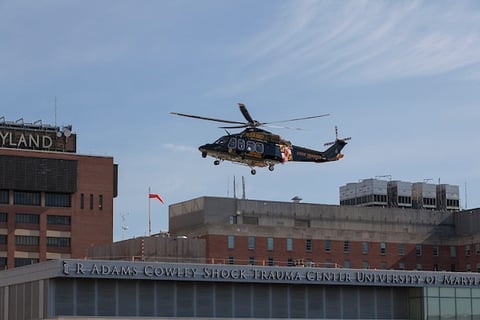

These five groundbreaking journal articles by Dr. R. Adams Cowley helped shape modern trauma care and emergency medical systems. His early 1967 study documented the life-saving potential of a dedicated shock trauma unit. By 1973, he demonstrated the first successful use of helicopters to transport critically injured patients, paving the way for medevac programs nationwide. In 1975 and 1977, Cowley laid out the blueprint for Maryland’s statewide EMS and trauma center models—systems that became national standards. His 1988 study provided long-term data confirming the safety and effectiveness of helicopter transport, reinforcing the importance of speed in trauma care. Together, these articles built the scientific and operational case for the systems that now save lives every day.
Major Reports and White Papers
“Accidental Death and Disability: The Neglected Disease of Modern Society” (1966)
Dr. Cowley served as a committee member for this landmark report, often referred to as “The White Paper.” It brought national attention to the poor state of emergency care in the U.S. and led to major reforms in EMS systems, training, and legislation.“An Evaluation of the Utilization of Human Blood Resources in the United States” (1970)
In this analysis, Dr. Cowley focused on improving the management of blood supply in emergency settings. The report explored how better planning and use of blood products could improve outcomes for trauma patients and reduce waste.
“The Need for a National Trauma Institute: Conquering Our Most Expensive Health Problem” (1982)
Authored by Dr. Cowley, this report called for a nationally coordinated trauma care system. It emphasized the cost and human toll of unorganized trauma response and urged federal investment in structured trauma networks.
Together, these landmark reports helped transform emergency care in the United States. They led to the creation of the modern EMS system, set national training standards for first responders, promoted the development of statewide trauma networks, and improved how hospitals manage critical resources like blood. Dr. Cowley’s contributions through these reports shaped policy, saved lives, and laid the foundation for emergency and trauma systems still in use today.
Editorial Contributions
Dr. Cowley also served on editorial boards for:
Disaster Medicine
Journal of World Association for Emergency & Disaster Medicine
American Journal of Emergency Medicine
Emergency Department News

On Record: Dr. Cowley in the Spotlight
Good Morning America
Dr. Cowley joins TV anchor Joan Lunden on Good Morning America (1980) to explain the life-saving mission of Maryland’s Shock Trauma Center and how the system works to deliver fast, specialized care to the most critically injured patients.
Maryland Public Television


Dr. Cowley appears on Maryland Public Television’s In Person, where he shares what the Shock Trauma Center is and why it plays a vital role in saving lives.




Connect
Have questions or want to learn more about Dr. R Adams Cowley’s legacy?
We’d love to hear from you. 📧 Email: cowleyroberta@gmail.com
Legacy Resources
© 2025 Roberta Cowley. All rights reserved.


